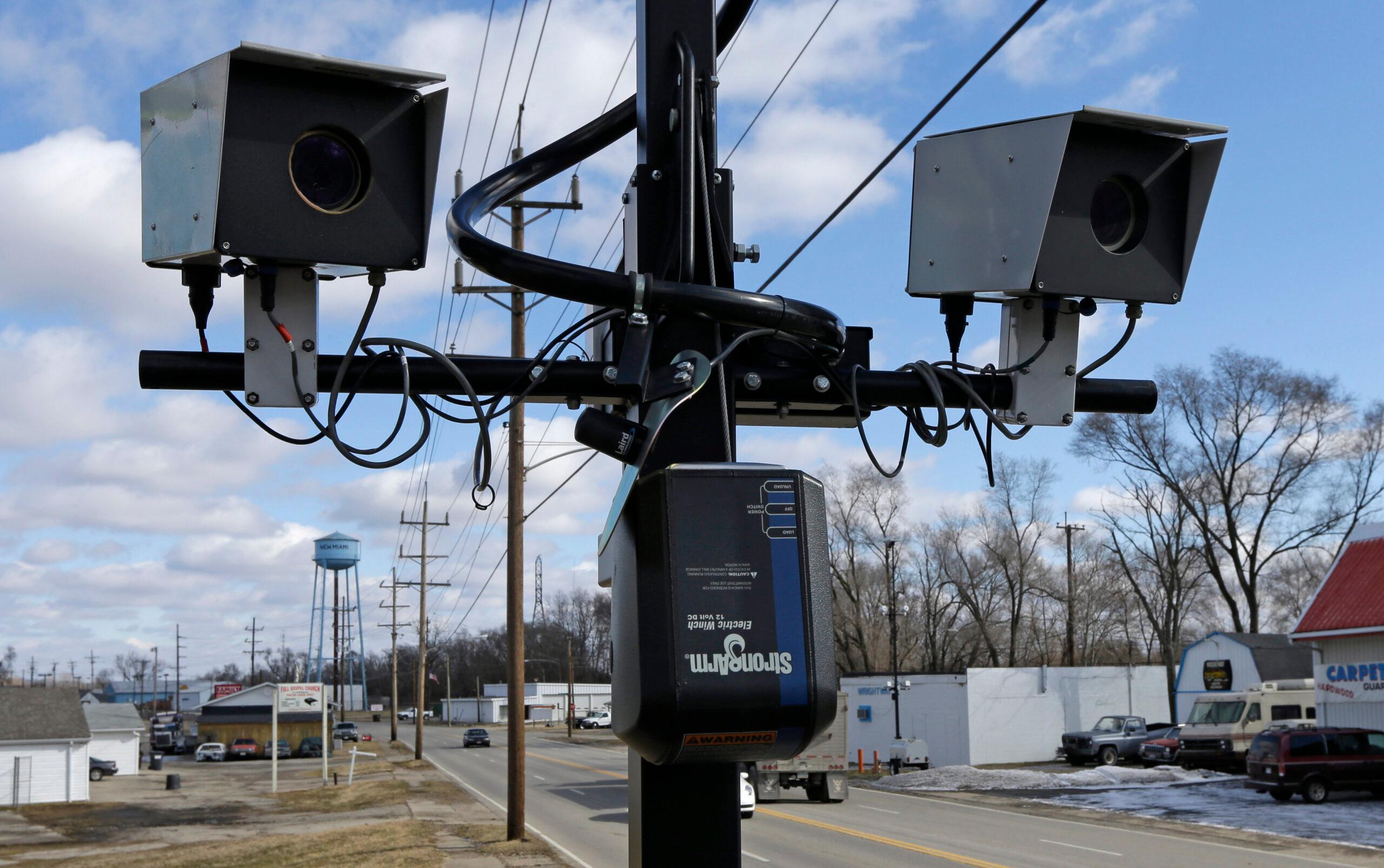
Speeding is a common factor in the rising numbers of traffic deaths across Colorado, yet the state’s law enforcement agencies are limited in how they can use a proven tool to slow drivers: automated speed cameras.
That could change under proposed legislation requested by state Rep. Matt Gray, D-Broomfield.
The intention of the bill, Gray told the Transportation Legislation Review Committee in August, is to improve the safety of the state’s roads for pedestrians, cyclists and drivers alike — while also not immediately issuing costly fines.
“The goal is not to be punitive,” he said. “The goal is to be a warning first.”
Gray is leaving the legislature after pleading guilty to driving while ability impaired last spring. In an interview Friday, he said it’s not yet clear who will sponsor the legislation going forward. The committee will discuss a draft of the bill next week in advance of the 2023 legislative session that begins in January.
Research suggests that speed cameras are an effective way to slow drivers and make streets safer.
One examination of 35 studies on speed cameras showed they slowed vehicles by up to 15 percent, reduced the proportion of vehicles that speed by up to 65 percent and reduced fatal and serious injury crashes by up to 44 percent.
The Denver Police Department has used speed cameras since 1998. A 2016 department study showed a 7.6 percent decrease in average speeds one week after a speed-enforcement van armed with a camera was placed — and an 8.6 percent average increase after four weeks of its absence.
Speed cameras are also relatively unpopular with drivers and some lawmakers. Five attempts have been made by both Republicans and Democrats to ban or further restrict both speed and red light cameras in the last six years. One reached Gov. John Hickenlooper’s desk before he vetoed it.
Two somewhat recent developments may change the political landscape, though.
First, traffic deaths in Colorado reached a nearly 20-year high of 638 last year and have already reached 400 this year. That’s despite numerous “Vision Zero” pledges by local governments to eliminate traffic deaths.
Second, after the national reckoning over racist policing in 2020, some street safety advocates have embraced the relatively neutral enforcement cameras can provide.
“Compared to officer-initiated enforcement, automated enforcement can be a more equitable, efficient tool for communities to reduce speeding, road deaths and unnecessary traffic stops,” Piep van Heuven, director of government relations for Bicycle Colorado, wrote in an email. Her organization is supporting the bill.
The bill would expand where speed cameras could go and take a 'warning first' approach to enforcement
The bill would remove existing restrictions on where and how the cameras can be used. The regulations require that speed cameras be monitored in person by an officer or government employee and limit their use to school zones, residential neighborhoods, construction zones, and streets that border a park. That means they often can’t be used on some of Colorado’s most dangerous streets — busy, wide roads referred to as the “high-injury network.”
“Most of the high-injury networks that you see, we’re restricted from enforcing in those areas,” Denver Police Department photo enforcement supervisor Ted Porras said in 2019.
The department declined to comment on the proposed legislation.
The proposed bill would take a “warning first” approach to enforcement, Gray said. Fines would only be issued to speeders caught doing at least 11 mph over the posted limit for the first year after a camera is installed, and 6 mph after that.
Speeders could also perform community service or traffic safety classes to avoid fines. Low-income speeders would see their fines reduced by 50 percent.
“We’re not targeting lower-income or rural communities or vulnerable communities,” he said.
The draft bill also stipulates that fine revenue, beyond what is needed to cover costs, must be spent on street safety and multimodal infrastructure projects in the area where it is generated.
“Ultimately redesigning our streets to reinforce safe speeds is the best solution, but will take years to implement,” van Heuven wrote. “Automated enforcement is a tool communities can use immediately to save lives.”
Editor's note: This story has been updated to reflect that a cited paper on speed cameras was an examination of multiple studies but not a meta-analysis.









